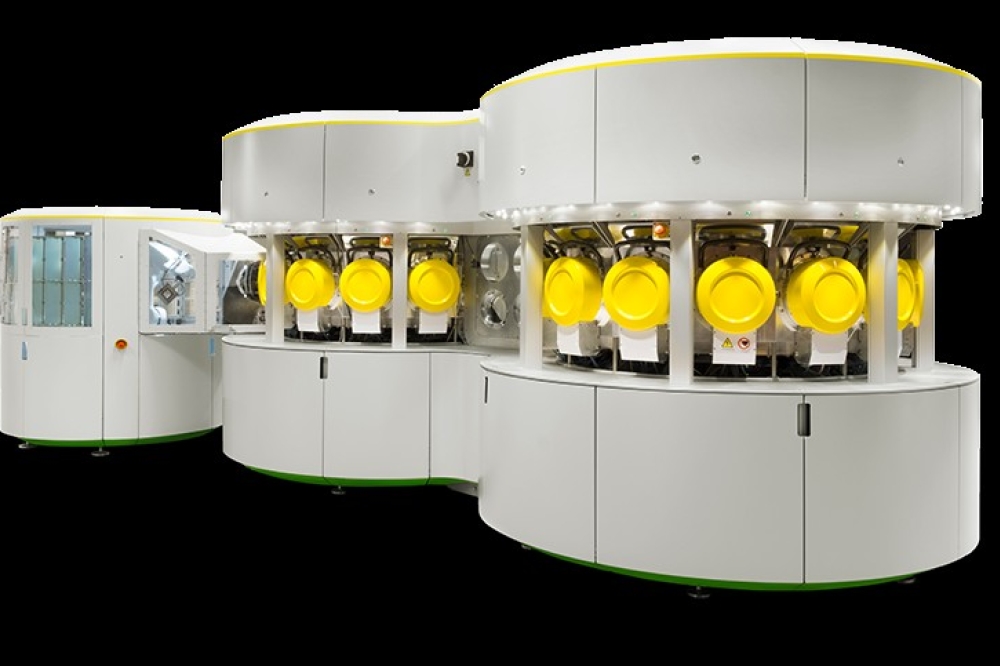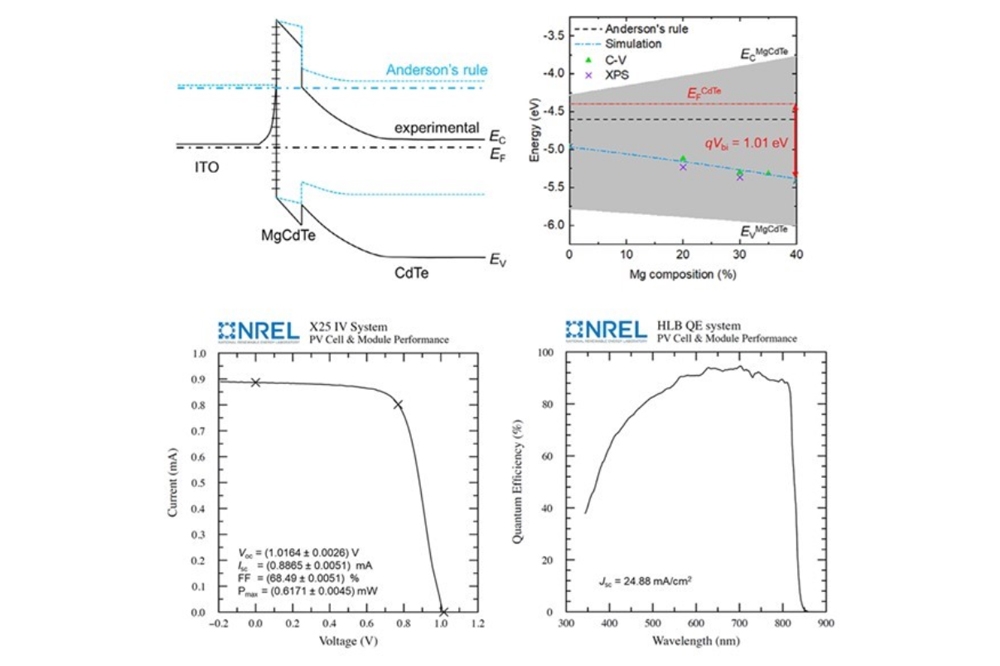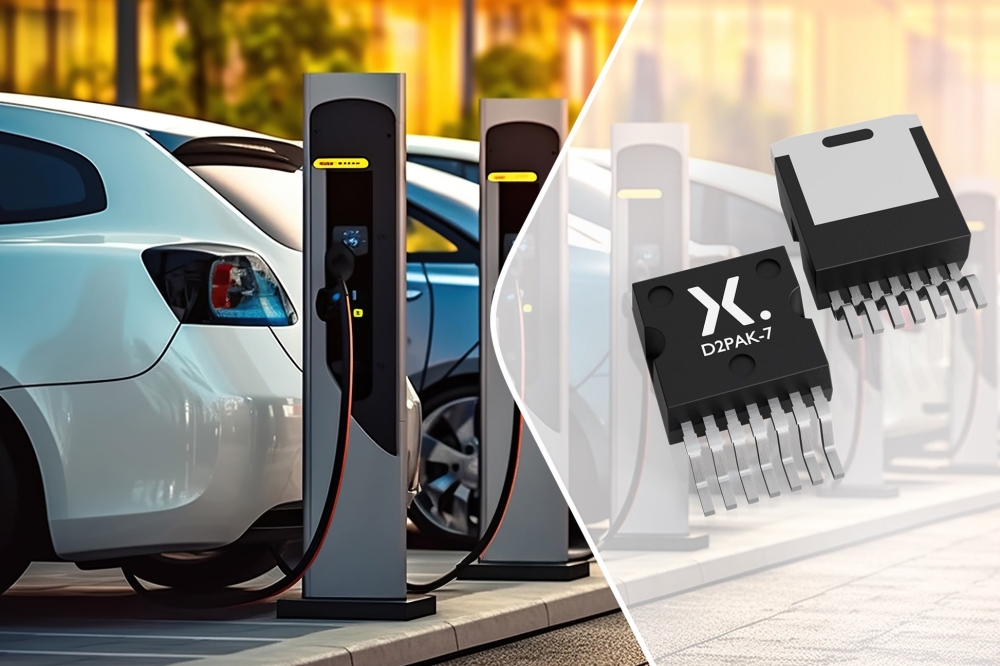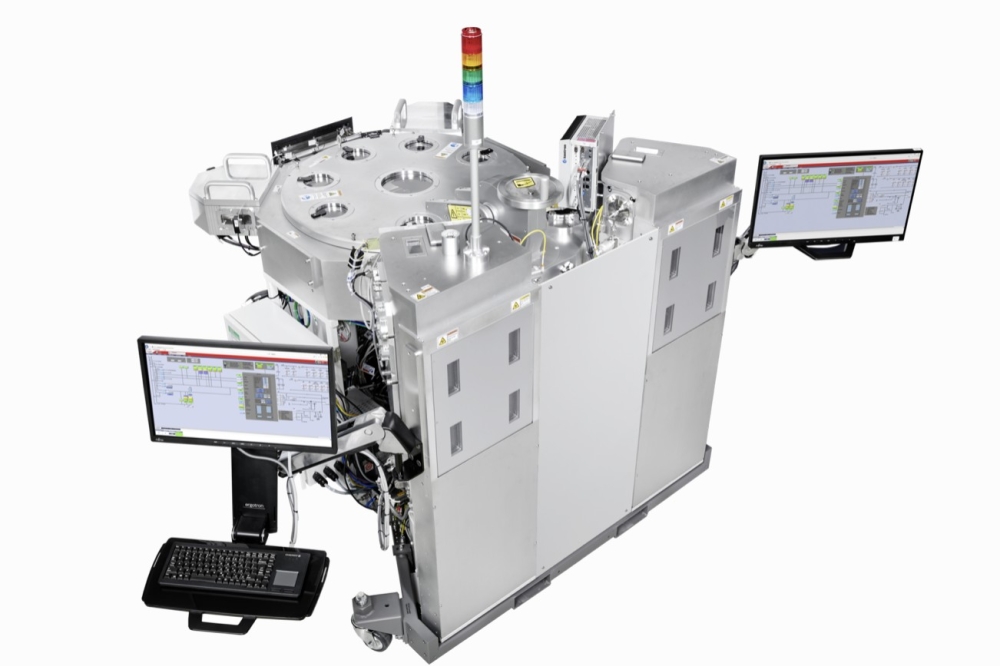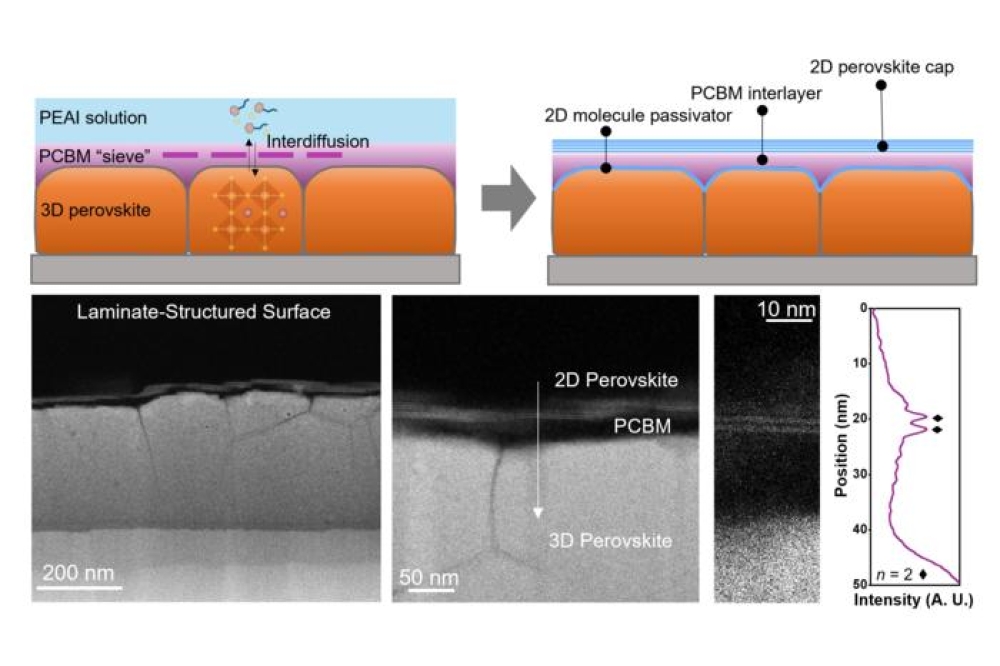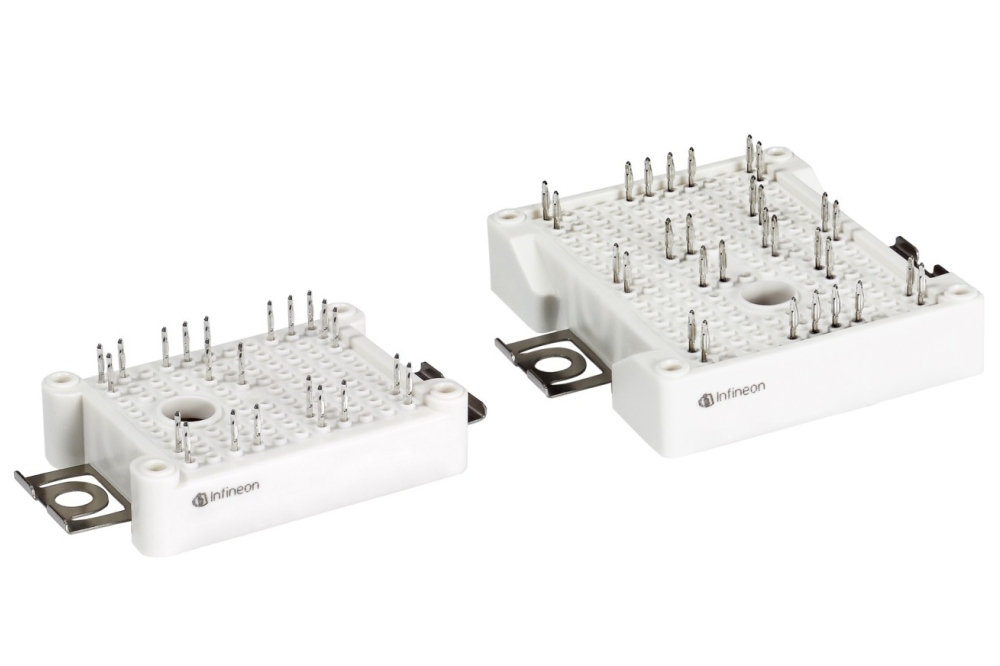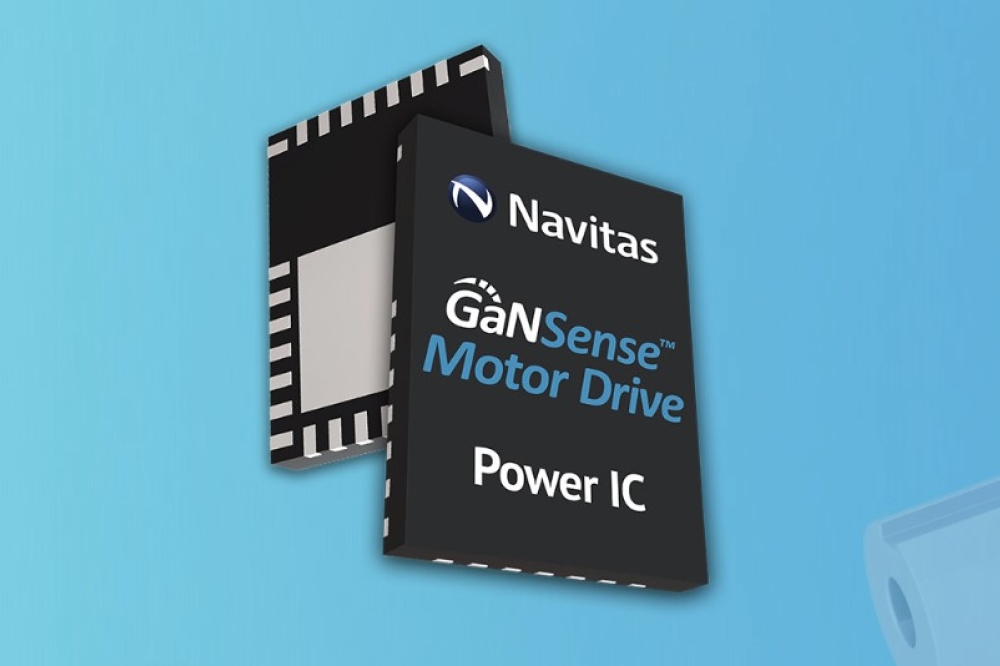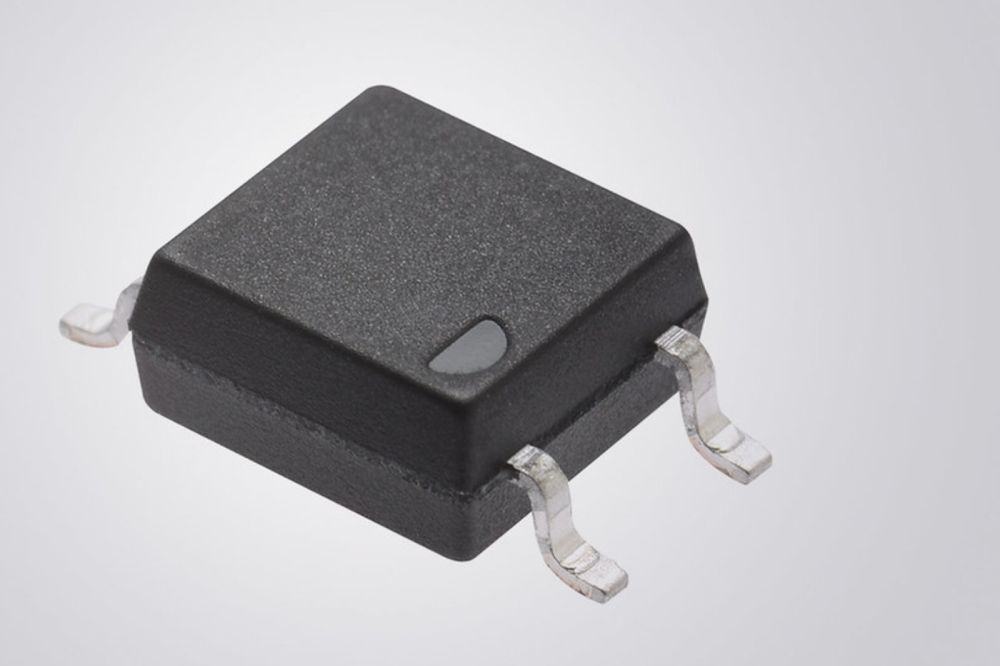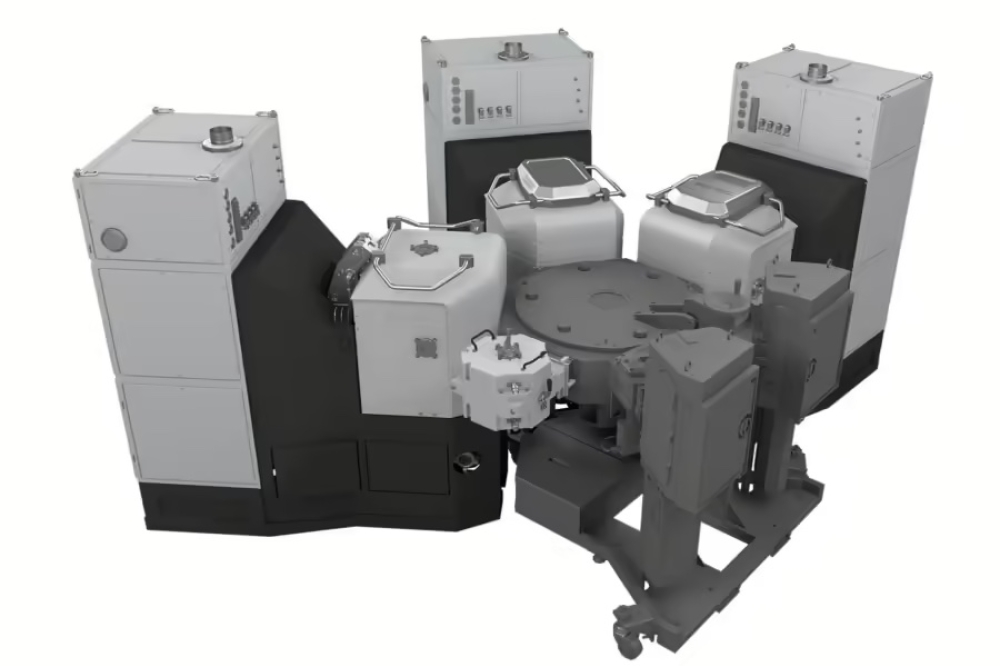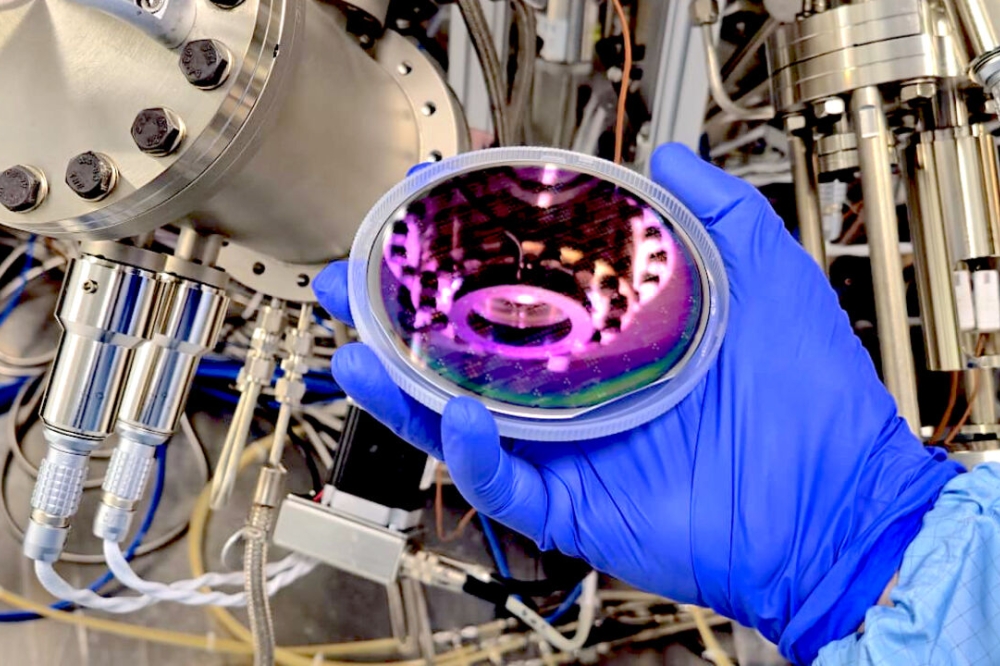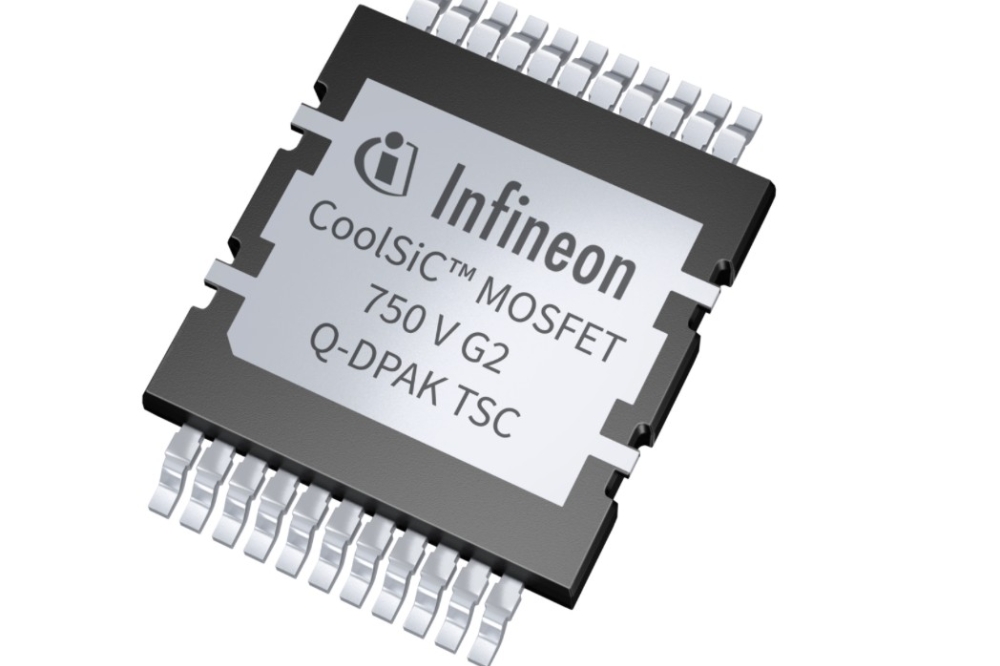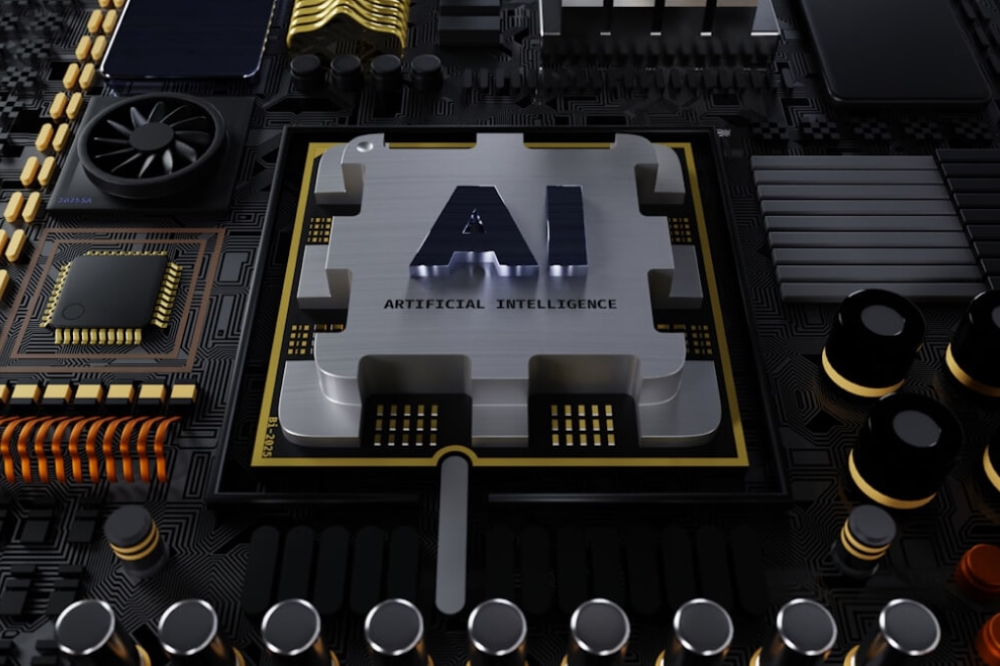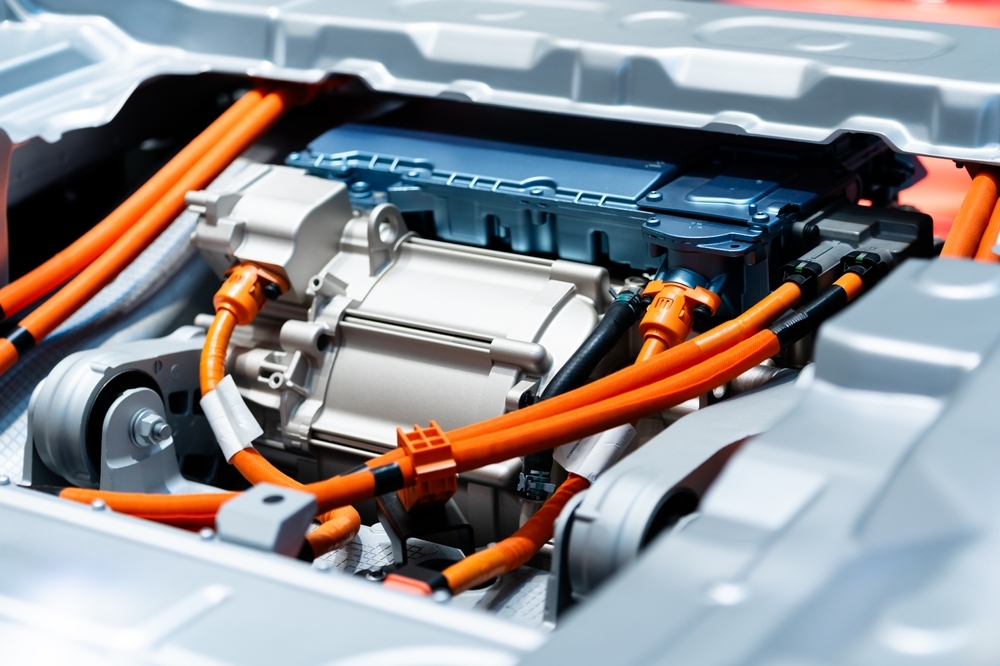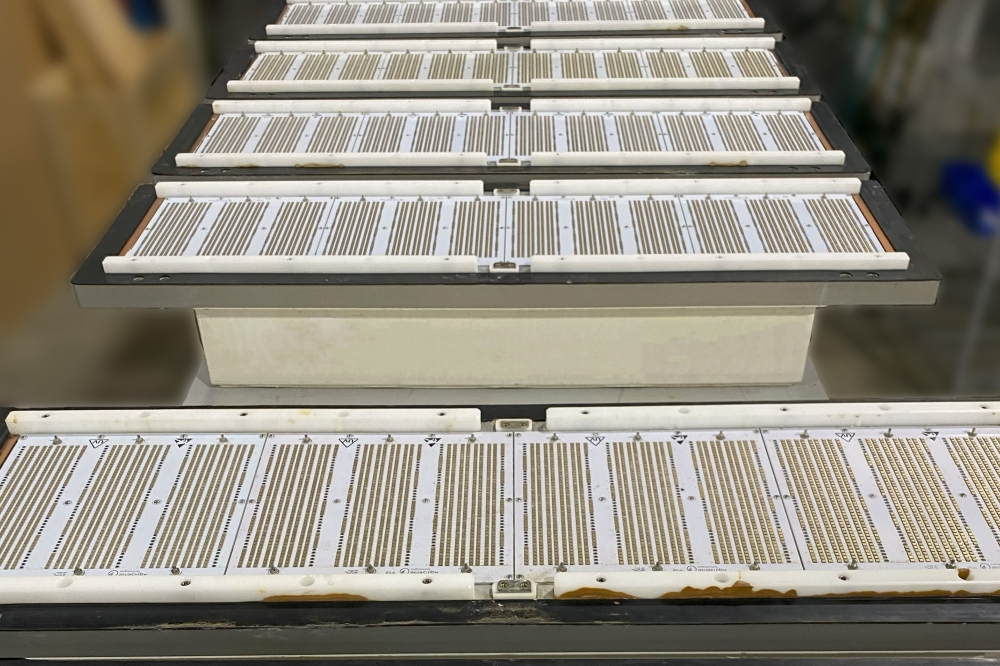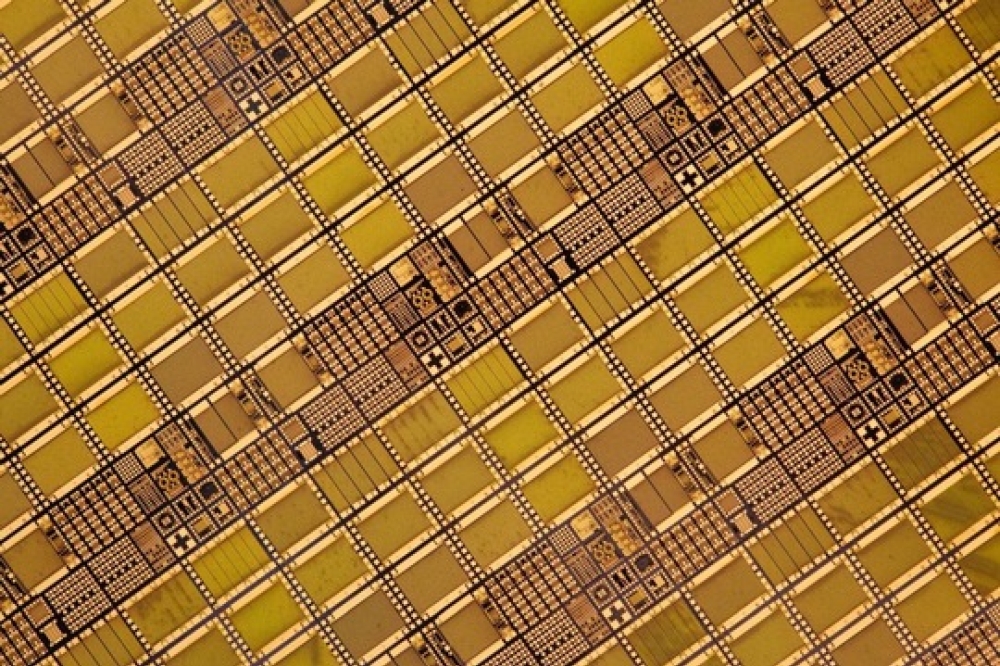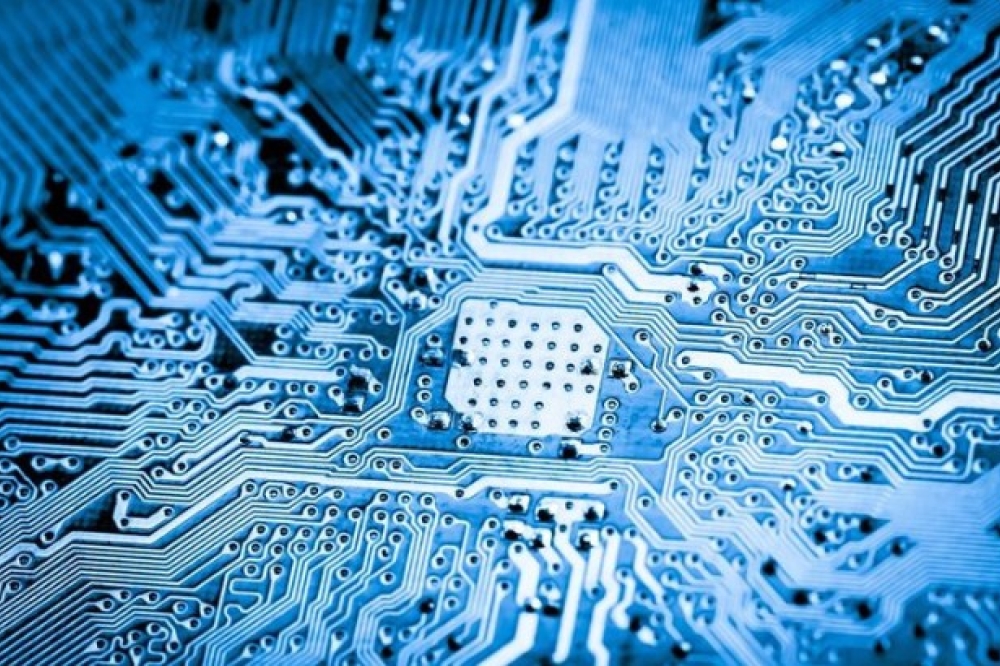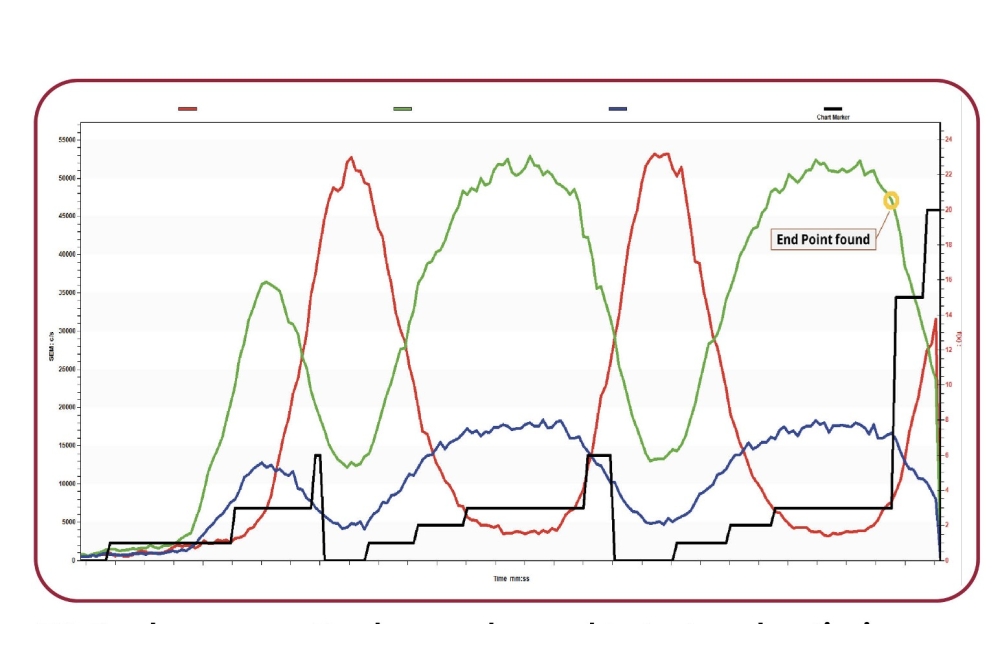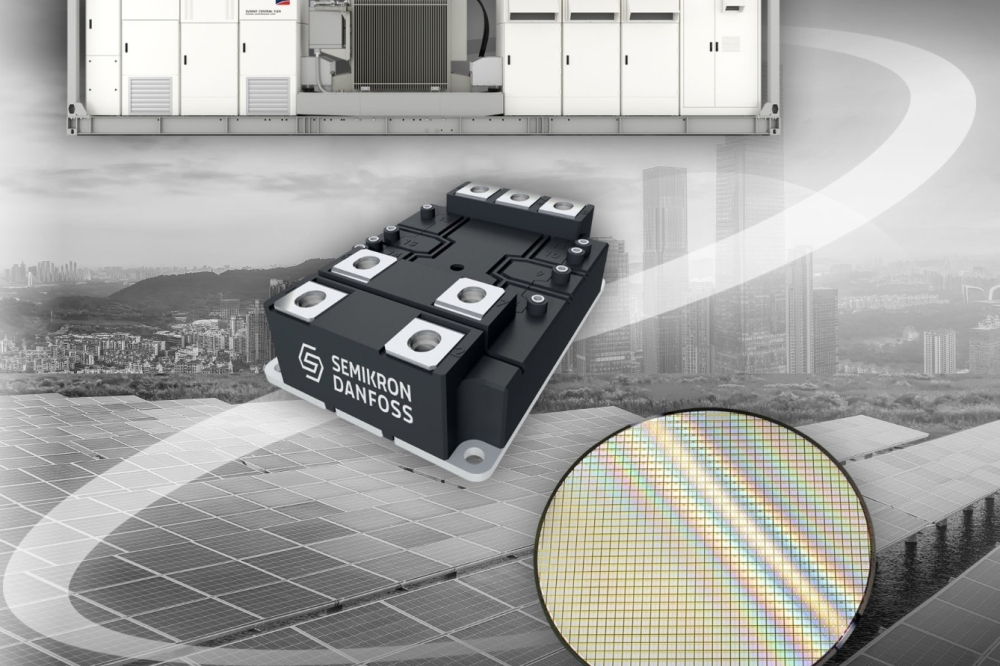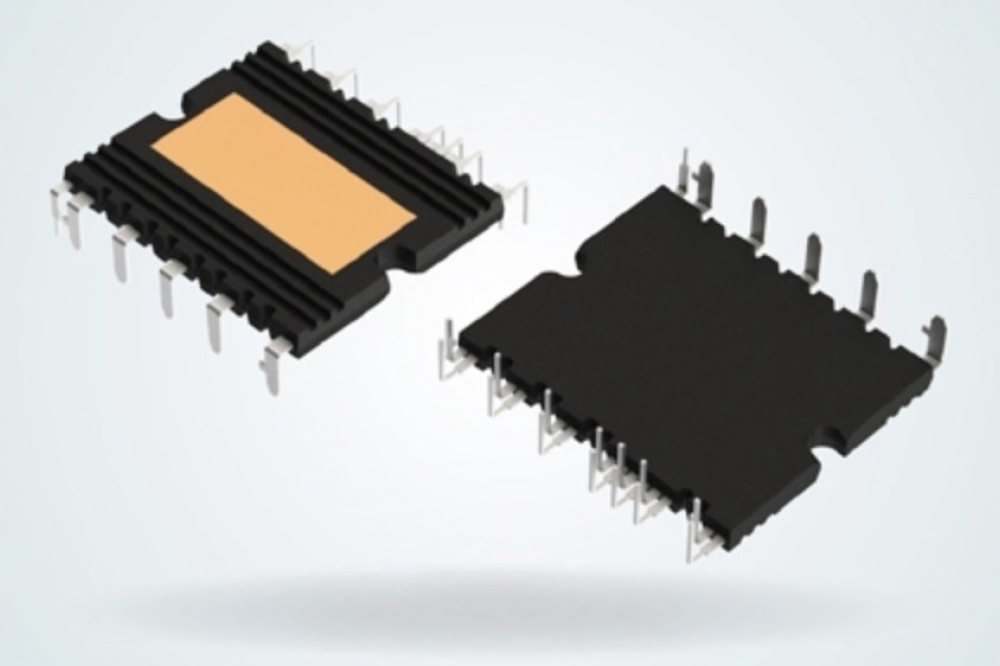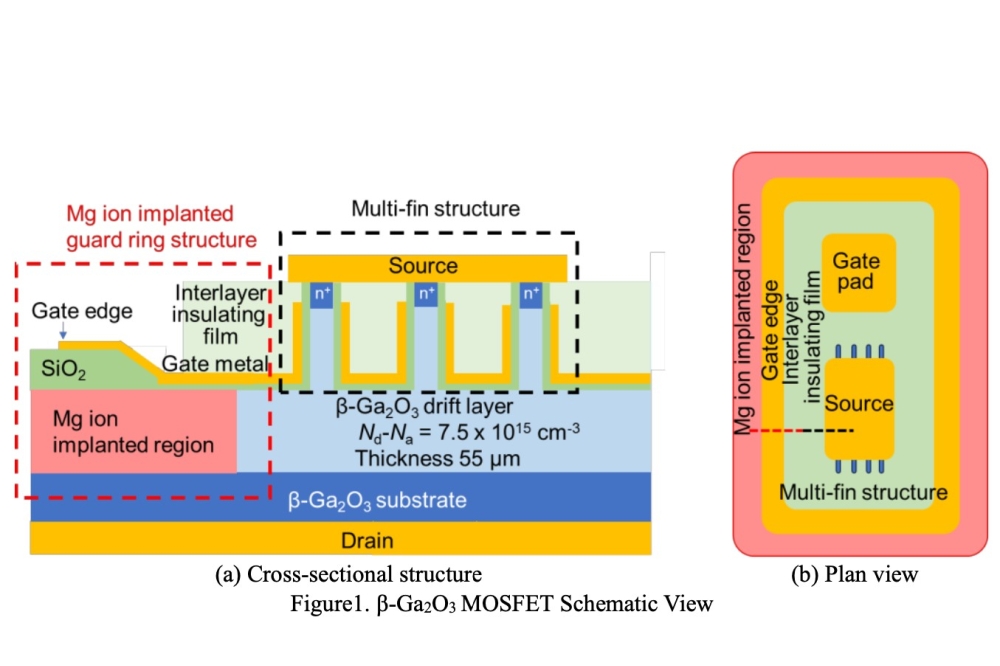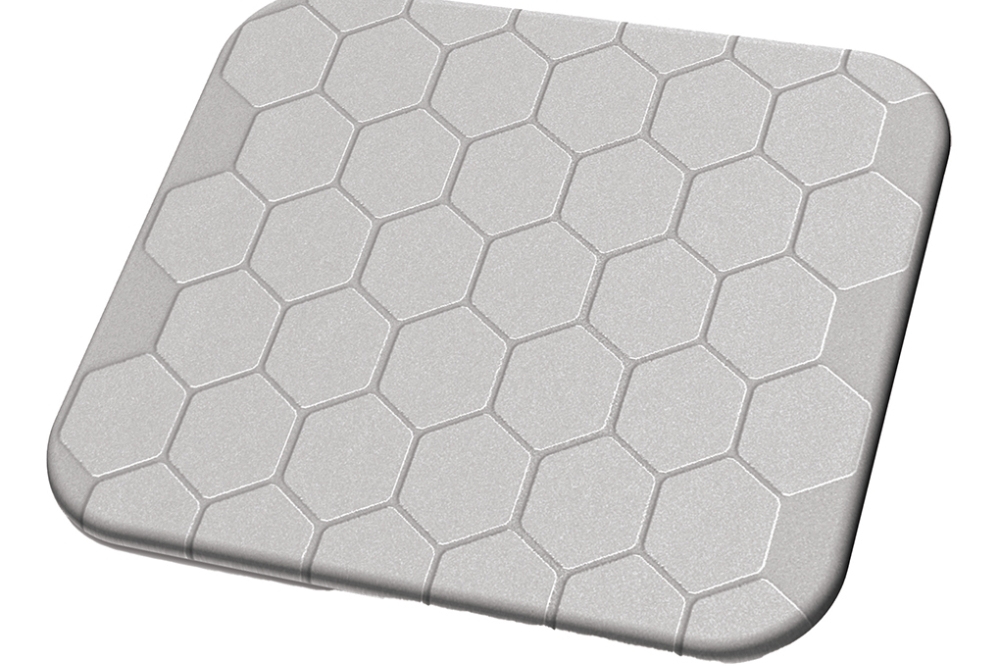Contact engineering toward efficient DUV LEDs
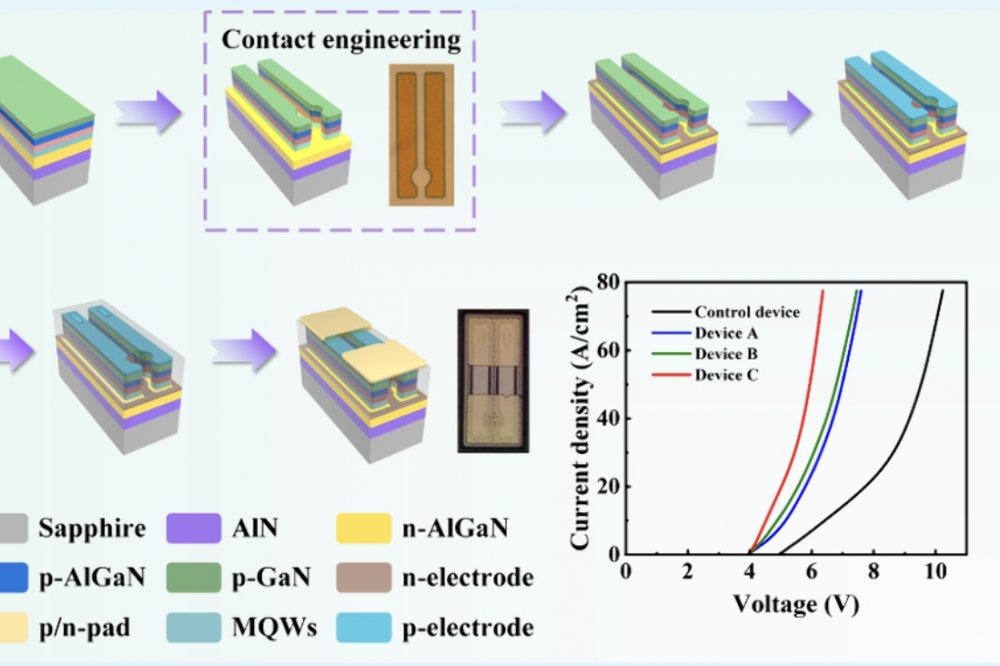
WHU team shows markedly improved contact characteristics of DUV LEDs
Researchers from Wuhan University in China have reported a comprehensive contact engineering strategy to realise low resistance via pretreatment and metal scheme optimisation.
“We introduce CHF3 treatment to repair the etched n-AlGaN film and compare different types of metal scheme on treated n-AlGaN to form ohmic contact. We reveal the interaction between metal and AlGaN layers as well as establishing the relationship between microscale structures and contact behaviour. Under the circumstance that no efforts have been devoted to optimising the epitaxial growth, engineering the metal-semiconductor contact properties alone leads to a resistance value of 8.96×10-5 Ω·cm2 ", said Shengjun Zhou, a professor at Wuhan University who directed the research.
Throughout the development of III-nitrides electronic and optoelectronic devices, electrically interfacing III-nitrides semiconductors and metal schemes has been a long-standing issue that determines the contact resistance and operation voltage, and hence device performance and stability. Compared to the main research focus of the crystal quality of III-nitride semiconductors, contact interface between III- nitrides and metal schemes has received relatively less attention.
The researchers propose a comprehensive contact engineering strategy to facilitate ohmic contact with Al-rich n-AlGaN and investigate its effect on the DUV LED performance. Benefiting from the pretreatment process, the contact resistance decreases significantly owing to the decreased Al composition at n-AlGaN surface.
They compare different metal schemes to form electrical contact on n-AlGaN and demonstrate that Cr- and Pt-related alloys are found to favour the low contact resistance via experimental characterisations. Benefiting from the contact engineering strategy, the fabricated DUV LEDs show an ultralow operation voltage of 5.47V at 30 mA/cm2, and 33 percent improvement in the peak wall-plug efficiency compared to those without contact engineering
'Contact Engineering of III-Nitrides and Metal Schemes toward Efficient Deep-Ultraviolet Light-Emitting Diodes' by Xiaoyu Zhao et al; ACS Applied Materials & Interfaces 2024, 16(5): 6605-6613


